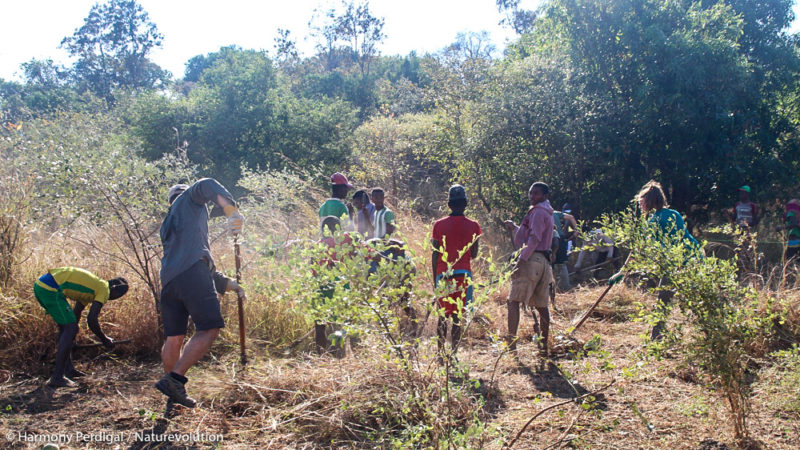Naturevolution initiates and carries out a number of projects with its partners, whose main aim is to preserve, protect and restore natural ecosystems and the animal and plant species they contain.
Creation of protected areas
Naturevolution promotes, initiates and supports the creation of new protected areas in the countries where it operates.
In Madagascar, Naturevolution put the Makay massif on the list of potential protected areas of the Madagascan Ministry of the Environment and Sustainable Development (MEED) in 2011, and met with the national and local authorities to validate the proposal. We then geographically zoned the massif (defining buffer zones and hard cores) according to its state of degradation, its sensitivity and the threats it faces.
The New Makay Protected Area was created in 2015 and officially registered two years later. The Makay massif was also included in Madagascar’s cultural heritage list for its cave paintings. Naturevolution Madagascar, the association created to protect the Makay, has been officially recognised as the administrator of the area, and has since been monitoring the project in order to obtain definitive protected area status and classification as quickly as possible. The protected area has a website providing information on the Makay, its biodiversity and its inhabitants, the management of the protected area and practical information for visitors.
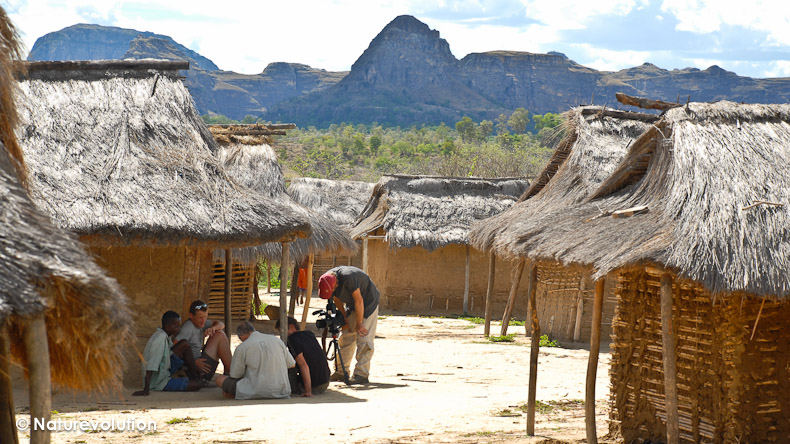
In Indonesia – Naturevolution is working to protect the largest primary forest on the island of Sulawesi. Located in the Wallacea biogeographical zone, of comparable importance to Madagascar and the Galapagos, the south-east of the island of Sulawesi is home to a vast area that is still largely wild It is a haven for biodiversity, home to more than 100 species on the IUCN red list. Today, these natural environments are facing intensified human pressures due to the expansion of mining industries and commercial plantations. With our network of local partners and in consultation with Indonesian institutions, we are working to create a vast natural protected area in this region.
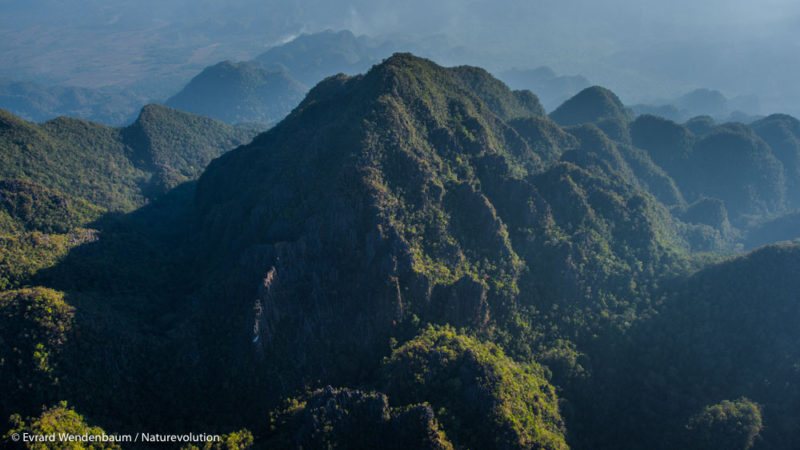
Surveillance and ecological monitoring of vulnerable natural areas
Whether officially protected or not, natural environments are being degraded on a daily basis, their surface area is shrinking year on year and their biodiversity is in danger. In certain cases of particularly rich and fragile biotopes, such as tropical forests or coral reefs that could be described as underwater tropical forests, it is essential to combine economic and social development initiatives with surveillance and scientific monitoring, in order to measure the evolution of degradation and the impact of the various conservation and development aid initiatives.
In the Makay massif in Madagascar and Matarape Bay in Indonesia, we have set up teams of forest rangers and divers to carry out surveillance missions throughout the year. These missions, carried out in pairs, enable us to be informed of the slightest alert requiring emergency action, such as invasions by Acanthasters or forest fires, but also to maintain a constant presence in the area. It should be pointed out that these “patrols” by eco-guards are not intended to punish in any way, but simply to report on events and raise awareness among any offenders.
Moreover,
Emergency action
Because the ecosystems we work with preserve a unique biodiversity and are among the last refuges for it, when an alarm is sounded in one or other of them, we have a duty to react. To this end, we are currently setting up emergency units capable of intervening at a moment’s notice. In the case of a forest fire alert, for example, the aim is to be able to send a team to the site – wherever it is – to limit the spread of the fire. Similarly, in an invasion of Acanthasters, the aim is to be able to send a team of qualified divers to the site immediately in order to limit the destruction of the reef. We are working with researchers from the IRD in Noumea, who are specialists in this problem and who are training a team of local volunteer divers in techniques for eradicating this invasive animal, which is particularly destructive to coral.
Environmental awareness
We are also aware that much of the environmental damage caused in the regions in which we work, often remote and isolated, is due not only to economic reasons and the day-to-day needs of the local population, but also to a lack of education and awareness, as well as a lack of awareness of the need to protect the environment. lack of knowledge about the fragility of natural habitats, including long-term consequences of their deterioration. For example, each of our projects includes initiatives to raise awareness of the fragility and special richness of primary forests and coral reefs, the interactions between species and the causal links between the disappearance of forests and increasing drought, the disappearance of coral reefs and the decline in fish stocks, etc. Our actions also aim to educate the local population, particularly young people, as well as direct users of the natural environments concerned. (hunters, breeders, fishermen, etc.).to alternatives to harmful and destructive practices such as slash-and-burn farming and dynamite fishing, and to the sustainable management of their natural resources.
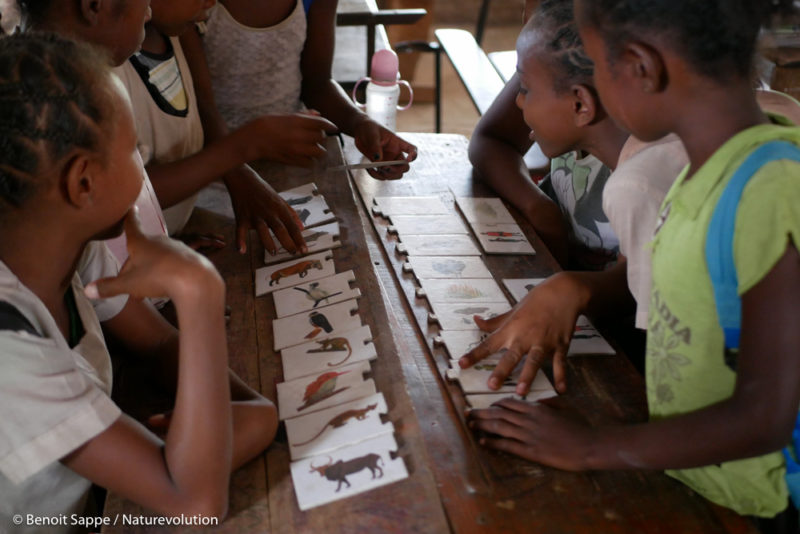
In Matarape Bay in Indonesia, we have laid the foundations for an integrated strategy to protect coral reefs, including raising awareness, lobbying the authorities, tackling invasive species and restoring coral reefs.
- Find out more about our Rainforest of the Sea project
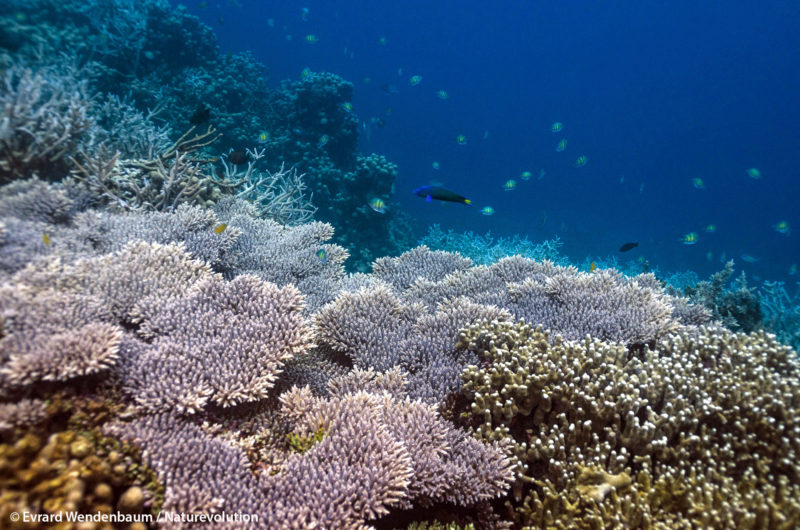
Restoring degraded areas
The aim of our actions to restore degraded areas is to reduce or even stop deforestation and the degradation of primary forests as well as the loss of biodiversity, reduced soil fertility, lower water levels and rainfall, and the resulting greenhouse gas emissions.
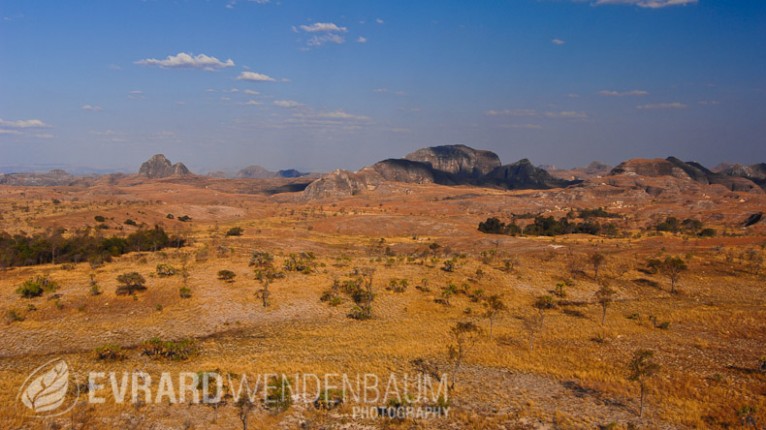
To create forest corridors linking the various fragmented forests and enable the species present a genetic mix that is sufficient to ensure their long-term survival, we are raising awareness among local people of the role of the forests and the impact of bush fires on their daily lives. No reforestation programme is currently planned in the Makay protected area, where we have chosen to leave nature to its own devices through passive reforestation.
On the other hand, to provide local people with a constant supply of wood for building and cooking, while avoiding over-exploitation of primary forests, we are replanting suitable species on the edge of villages. The first reforestation initiatives began in 2011 with the definition of priority areas and the installation of the first nurseries in the South Makay, managed by villagers trained by us. Interrupted in 2014 due to a lack of involvement from local nurserymen and a lack of Naturevolution’s presence in the field, the project is back on track in 2019, after 4 years of regular presence in the field, via a vast reforestation programme around the villages.
- Find out more about the 1 million trees for Makay project
